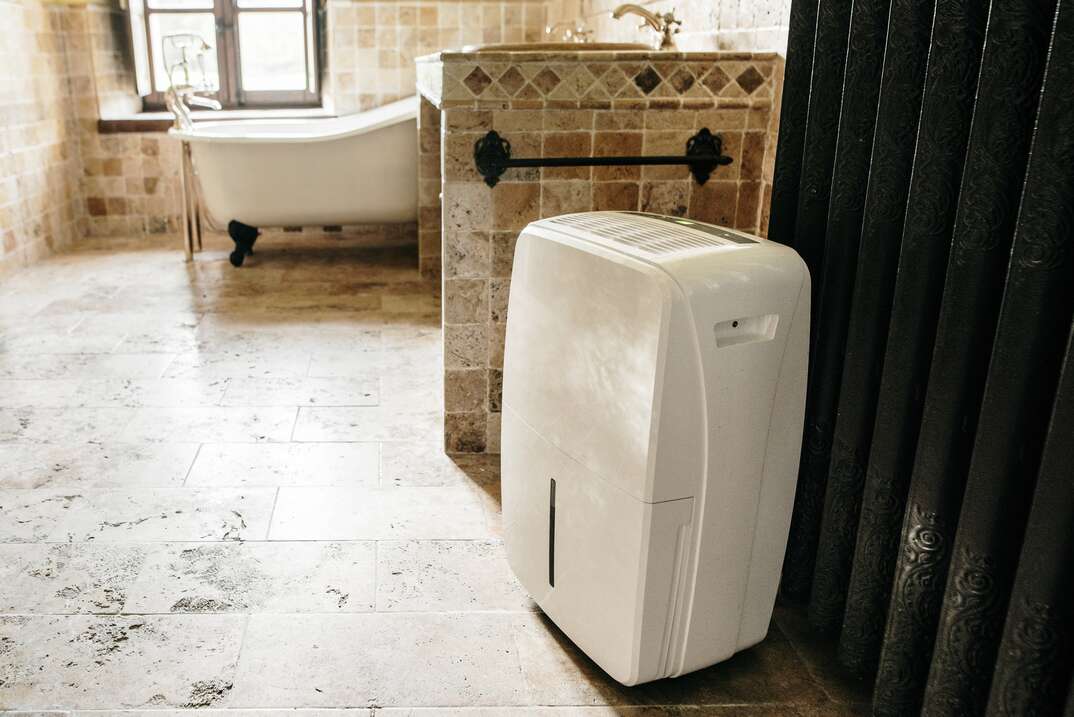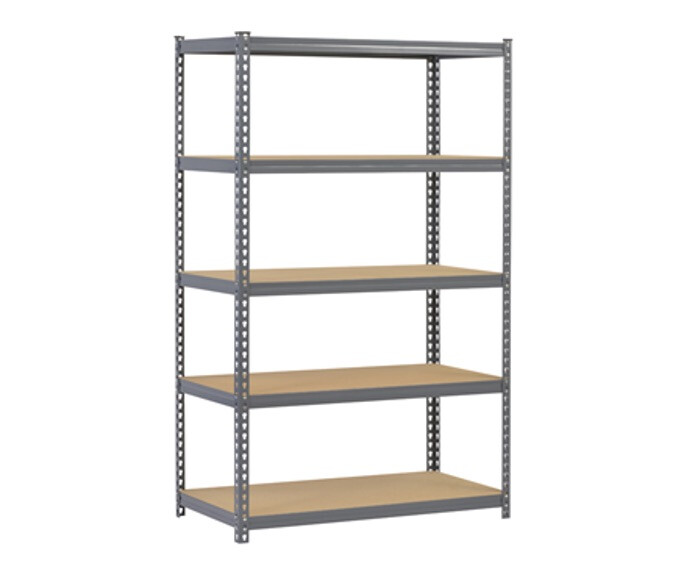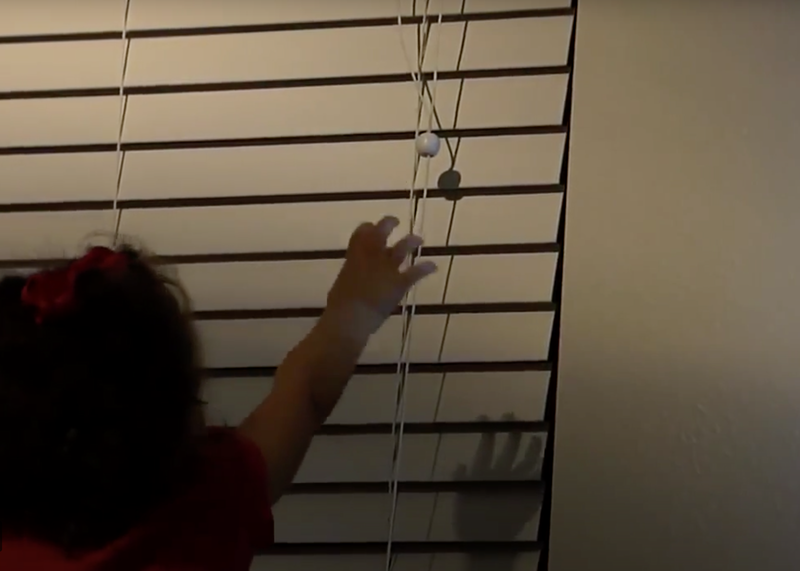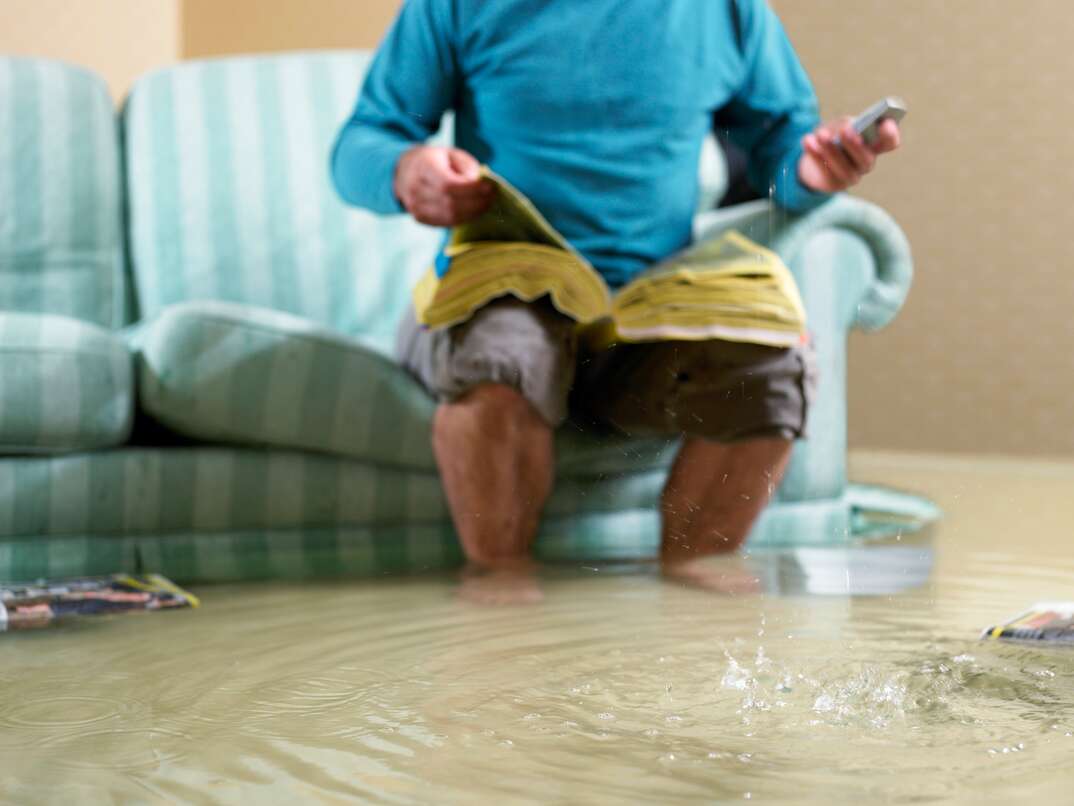5 Reasons You Need a Dehumidifier in Your Home

Does it feel as though your allergies have kicked into overdrive lately? Or, maybe you’ve noticed mold growing where it hasn’t before. Both of these issues may come down to high levels of moisture in your home. You can get excess moisture under control by adding a dehumidifier to your space.
This May Also Interest You: A Mist Opportunity: 5 Ways a Humidifier Helps Your Home be Healthier
If you live in a humid climate, you already know that dehumidifiers are must-haves during the hot, wet summer months. If you’re unfamiliar with these moisture-reducing devices, you should know that they can greatly reduce the relative humidity of your home, making for a more comfortable, cooler environment.
Here’s everything you need to know about dehumidifiers — including the top reasons why you need one in your house.
What Does a Dehumidifier Do?
We all know the feeling of stepping outside on a warm summer day and feeling the heavy, humid air fall on us like a weighted blanket. It seemingly serves no purpose other than making it feel 10 degrees hotter than it actually is. Usually, the muggy air doesn’t just stay outside; it’s possible for your home to become humid as well. This is where a dehumidifier comes into play.
Simply put, a dehumidifier removes moisture from the air. These machines are commonly used in areas of the house where humidity collects, like damp basements.
How Does a Dehumidifier Work?
A dehumidifier works by drawing warm air over cooling coils via a fan. According to Healthline, the warm air contracts as it’s fed through the refrigerated coils of the machine. Condensation is left inside the dehumidifier and falls into a storage tank one drop at a time. The water collects, and you dump it down the drain. Cooler, drier air is released.
Your dehumidifier should be able to dry the air to a relative humidity of 30% to 50%. Many dehumidifiers measure the relative humidity of the surrounding air, and you can set the humidity to the percentage you desire.
Why Is a Dehumidifier Good for You?
No one wants to live in a home that feels damp all the time, but it’s not just about comfort. A humid home can lead to lingering health issues, reduced air quality, pests and mold.
Here are the top five benefits of having a dehumidifier in your home:
Reduces Allergies
If your allergies have been giving you a hard time lately, the humidity level of your home may be playing a role. Moisture can build up in small areas with limited ventilation, like bathrooms or kitchens. Many of the most common allergy triggers such as dust mites, mold and mildew thrive in humid environments. These environmental allergens can cause wheezing, sneezing, watery eyes, chest pain and itching, according to Healthline.
By drying out these spaces with a dehumidifier, you can keep the allergen triggers in your home to a minimum. For example, dust mites need a relative humidity level of 65% to survive and procreate. You can easily avoid that level of humidity by using a dehumidifier in your home.
Controls Asthma
Many health conditions are exacerbated by humid air. When there’s heavy moisture in the air, it can become heavier and more difficult to breathe. If you have asthma, high-humidity environments are not your friend. Muggy air can put more stress on your lungs, which makes breathing difficult. Dehumidifiers can make the air cooler and more comfortable to breathe. Note: A dehumidifier is not a treatment for chronic asthma, but it may alleviate some symptoms.
Improves Air Quality
Humidity and dampness in your home can lead to a buildup of mold, mildew and dust mites. In turn, this mold and dust buildup can then eventually lead to foreign invaders such as silverfish, cockroaches and spiders.
Mold by itself is a major threat to the air quality of your home. In fact, if you notice mold anywhere in your house, you should remove it immediately. Pests — especially cockroaches — can also impact the air quality of your home.
Can Help Reduce Mold
It’s important to note that a dehumidifier isn’t a mold-killing machine. In fact, removing all the mold spores from your home is nearly impossible. However, a dehumidifier can make your home inhospitable to mold by lowering moisture levels.
Mold stays dormant in the air and on surfaces even when there is no excess moisture to help it grow. These spores are simply waiting for a spike in moisture levels to flesh out.
As the humidity in a room increases, mold will start growing in patches on walls, clothes and more. If you use a dehumidifier to keep moisture levels down, you won’t give mold a chance to grow.
If you are currently dealing with a mold problem, a dehumidifier can help, but it won’t be your end-all solution. Contact an expert for removal.
Reduces Risk for Structural Damage
High levels of moisture in your home can lead to structural problems over time, and these issues can be expensive to repair. Another major benefit of dehumidifiers is they can help decrease this risk of structural damage.
Signs You Need a Dehumidifier
The best way to know whether you need a dehumidifier is by simply feeling the air. If it’s damp, you could benefit from a dehumidifier. If you frequently have issues with humidity, you might want to invest in a digital thermometer that can monitor relative humidity levels.
Any of these symptoms should alert you that your home is more humid than it should be:
- Longer or more severe allergy season
- Damp smell in the air or on clothes
- Leaks after rainfall
- Visible water vapor in the air
- Increase in spiders, cockroaches, moths or silverfish
The Drawbacks of a Dehumidifier
There are some instances where it's not beneficial to use a dehumidifier. They work to make the air drier, so if you live in a dry climate or use gas or electricity to heat your home, a dehumidifier may not be needed. Conditions such as pneumonia can become worse if the air is too dry.
Because your dehumidifier removes moisture, mold can grow where you allow it to drain. They also require regular maintenance in order to function properly.
More Related Articles:
- Does Your Home Need a Whole-House Humidifier?
- 5 Best Air Purifiers for Your Home Office
- Replacing Your HVAC Air Filter Is a Breeze! Follow These 7 Steps
- 5 Tips for Fresher Indoor Air This Winter
- Home Much Do UV Lights Cost for HVAC Systems?
Choosing the Right Dehumidifier for You
Dehumidifiers are sized by capacity, which is the amount of moisture they can remove from the air in one day. For example, a 30-pint dehumidifier removes 30 pints of moisture in one day. The capacity you need depends on the size and moisture level of the room. Generally, dehumidifiers are broken down into three categories — 30-pint, 50-pint and 70-pint — though the actual capacity may differ.
The Home Depot has some helpful tips when it comes to picking the right size for you:
30-Pint Capacity (or 24 to 39 Pints)
This size is best for damp rooms between 500 and 1,500 square feet. They will also work for extremely wet rooms that are smaller than 500 square feet. If you’re trying to reduce the moisture level in a small area — like a bathroom or closet — you can find mini dehumidifiers with even smaller capacities.
50-Pint Capacity (or 40 to 59 Pints)
Midsize dehumidifiers are best for damp rooms of up to 2,500 square feet or wet rooms that are about 1,500 square feet.
70-Pint Capacity (or 60+ Pints)
High-capacity dehumidifiers are best for wet spaces of up to 2,500 square feet. They can also work in smaller rooms that are extremely wet.
Here are some other factors to consider when picking a dehumidifier:
- Add 10 pints to the capacity if you live in a humid climate.
- Add 5 pints if multiple people live or spend time in the room.
- Add 5 pints if there are windows and doors nearby.
- Add 5 pints if you’re putting the dehumidifier in or near the laundry room.
What’s the Difference Between a Humidifier and a Dehumidifier?
The difference between a humidifier and a dehumidifier is in the name; humidifiers perform the opposite function of dehumidifiers. Humidifiers increase the humidity of an indoor space. During winter or in especially dry climates, there may be a lack of moisture in the air. This can lead to problems like sore throats, nose bleeds and dry skin. There are two main types of humidifiers: cool-mist and warm-mist.
Being prepared with a home repair plan from HomeServe is a great way to avoid dealing with costly repairs. When you have a plan in place and a covered issue arises, simply call the 24/7 repair hotline and we’ll send out a local, licensed contractor to assist you. See what plans are available in your area.


